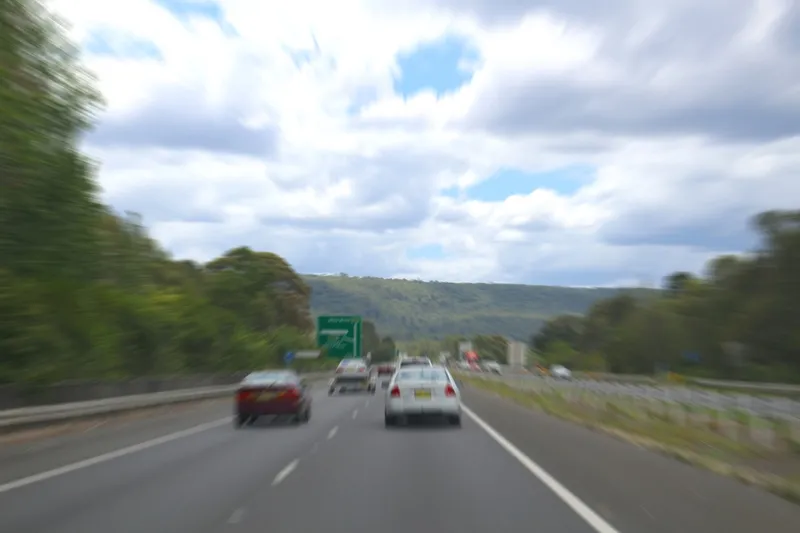As part of a larger effort exploring the effects of roadway signage on driver behaviour, researchers from the University of Minnesota College of Design have conducted a study on the effectiveness of intelligent lane control signals (ILCS). During the study, was funded by the Minnesota Department of Transportation (MnDOT), the research team used a driving simulator to test ILCS that displayed merge, speed control, and lane-closure warnings over freeway lanes. The researchers were specifically interested in d
November 21, 2012
Read time: 3 mins
As part of a larger effort exploring the effects of roadway signage on driver behaviour, researchers from the University of Minnesota College of Design have conducted a study on the effectiveness of intelligent lane control signals (ILCS).
During the study, was funded by the2103 Minnesota Department of Transportation (MnDOT), the research team used a driving simulator to test ILCS that displayed merge, speed control, and lane-closure warnings over freeway lanes. The researchers were specifically interested in determining which type of merge signs - diagonal arrows, words, or dynamic chevrons - had the most effect on drivers’ behaviour.
Study participants drove on a six-lane divided highway in a driving simulator, where they were presented with five sets of ILCS prompting them to reduce their speed and merge out of the centre lane. The researchers collected lane position and driving speed data from each participant to determine how effectively the signs conveyed their intended messages.
Overall results indicate that the ILCS are effective at directing driver behaviour. Most participants reduced their speed when they approached the speed signs, and the majority of drivers merged out of the centre lane as they approached the first ILCS displaying a lane closure warning.
“This research allowed MnDOT to determine how well motorists understand the messages used on our ILCS,” says Brian Kary, freeway operations engineer at MnDOT. “The Active Traffic Management System on I-35W is one of the first in the nation, so there had been little guidance as to the types of messages to display.”
Specifically, the researchers found that drivers responded to the diagonal arrow merge signs much earlier than to the merge signs with words or chevrons. Participants changed lanes 266 feet before reaching the arrow merge sign, compared to 123 feet before the chevron and 54 feet before the words. The simplicity of the arrow sign was probably a factor, the researchers say. The arrow was larger and simpler than the other two sign types and likely took less time for drivers to process.
The study also included a survey that asked participants for their opinions of ILCS and other changeable message signs. Most participants had positive opinions of the signs, particularly those that display information on travel time, traffic problems, and roadway maintenance schedules.
During the study, was funded by the
Study participants drove on a six-lane divided highway in a driving simulator, where they were presented with five sets of ILCS prompting them to reduce their speed and merge out of the centre lane. The researchers collected lane position and driving speed data from each participant to determine how effectively the signs conveyed their intended messages.
Overall results indicate that the ILCS are effective at directing driver behaviour. Most participants reduced their speed when they approached the speed signs, and the majority of drivers merged out of the centre lane as they approached the first ILCS displaying a lane closure warning.
“This research allowed MnDOT to determine how well motorists understand the messages used on our ILCS,” says Brian Kary, freeway operations engineer at MnDOT. “The Active Traffic Management System on I-35W is one of the first in the nation, so there had been little guidance as to the types of messages to display.”
Specifically, the researchers found that drivers responded to the diagonal arrow merge signs much earlier than to the merge signs with words or chevrons. Participants changed lanes 266 feet before reaching the arrow merge sign, compared to 123 feet before the chevron and 54 feet before the words. The simplicity of the arrow sign was probably a factor, the researchers say. The arrow was larger and simpler than the other two sign types and likely took less time for drivers to process.
The study also included a survey that asked participants for their opinions of ILCS and other changeable message signs. Most participants had positive opinions of the signs, particularly those that display information on travel time, traffic problems, and roadway maintenance schedules.









